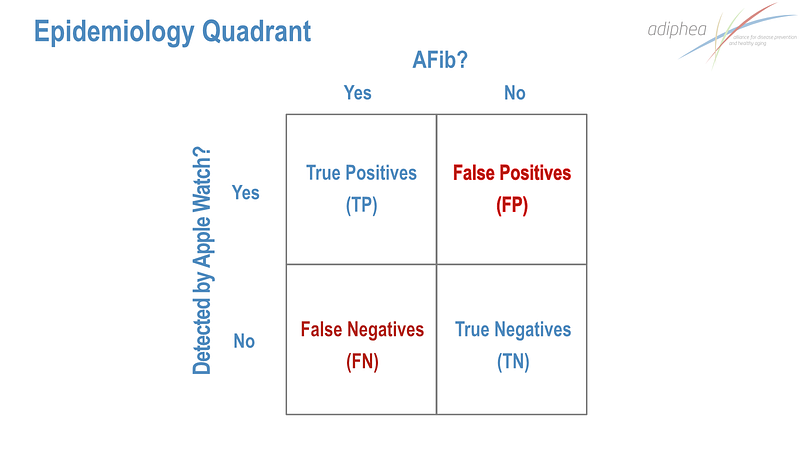Smartwatches and Atrial Fibrillation: Are They Reliable Enough?
Written on
Understanding Atrial Fibrillation (AFib)
Atrial fibrillation (AFib) disrupts the heart's regular rhythm, which typically ranges from 60 to 90 beats per minute, known as sinus rhythm. This rhythm is regulated by the sinoatrial (SA) node, the heart's natural pacemaker. The SA node sends electrical impulses that cause the atrial muscles to contract, pushing blood into the ventricles. The signal then passes through the atrioventricular (AV) node, allowing the ventricles to fill before contracting.
In AFib, this orderly process is interrupted, leading to a chaotic pattern of electrical signals in the atria. This irregularity can significantly impair the heart's ability to pump blood effectively.
Consequences of AFib
Imagine your heart functioning like a small pump. If you had to pump rapidly, say 200 times per minute, the flow would be inadequate, and some blood would remain stagnant—this stagnation can lead to clot formation. Such clots can travel to the brain, resulting in a stroke, as AFib is implicated in 20-35% of stroke cases.
Early detection of AFib is crucial since it often exhibits no noticeable symptoms. Effective interventions, including lifestyle modifications and medications, can substantially lower the risk of stroke.
The Challenge of Detection
While doctors may utilize a Holter monitor for 24-hour ECG recordings, AFib can be elusive, often occurring sporadically. Fortunately, devices like the Apple Watch and several others have been FDA-approved to help detect AFib. These devices utilize algorithms trained on extensive ECG data to identify irregularities in heart rhythms.
However, the effectiveness of these smartwatches can be questionable. Many manufacturers tout high accuracy rates, but validation studies often conducted in clinical settings may not reflect real-world scenarios, raising concerns about false positives and missed detections.
Evaluating Smartwatch Accuracy
In examining three key studies, we can gauge the reliability of smartwatches in detecting AFib. First, the 2023 Basel Wearable Study indicated that the Apple Watch could accurately identify 58% of AFib episodes within a controlled environment. However, this setting does not mirror the typical consumer experience.
Next, the large-scale 2019 Apple Watch Study involved nearly 419,297 participants, where only 0.5% received alerts suggesting AFib. Of these, only 34% had true positive results, revealing a significant number of false alarms.
The first video discusses how smartwatch technology can effectively monitor atrial fibrillation. It highlights the potential of wearables in providing real-time health insights.
The Importance of Context
Given the prevalence of AFib in the general population is around 1%, the low rate of actual AFib cases among smartwatch users can skew the accuracy metrics. A false alert may lead to unnecessary anxiety and medical consultations, creating a critical need for reliable detection methods.
The CHA2DS2-VASc score can be instrumental in assessing individual stroke risk for those diagnosed with AFib. The higher the score, the more reliable the smartwatch alert may be.
The second video examines the accuracy of smartwatch ECGs, providing insights from a doctor's perspective on wearable technology and its evidential support.
Final Thoughts
While wearables like smartwatches hold promise for detecting AFib, they are not foolproof. Users under 50 may find these devices less effective, with a higher likelihood of false positives. For those over 60, more data is needed to fully understand the reliability of these alerts.
As research continues, including studies focusing on older populations, it remains essential to consult healthcare providers for personalized advice and further assessments.
